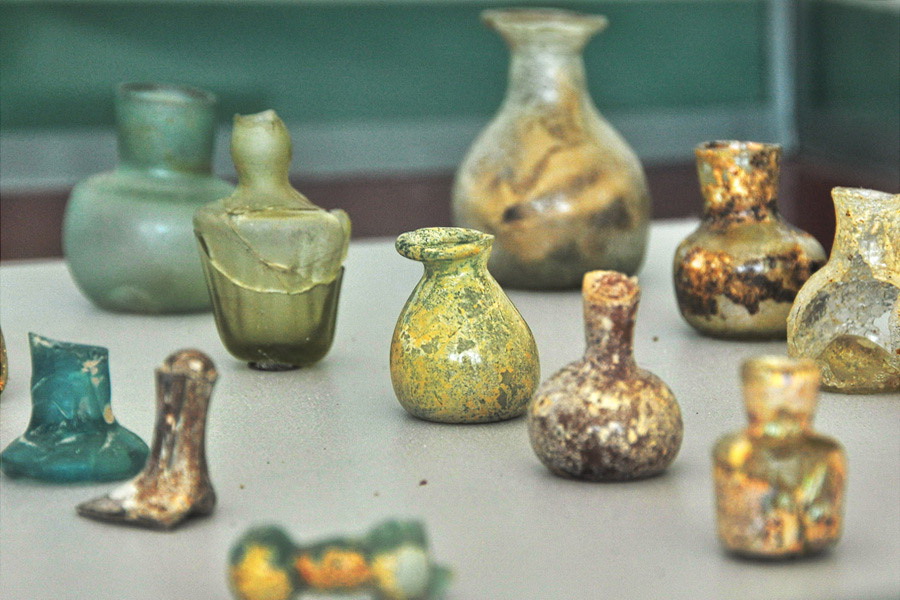Silk Road in the era of the Turkic Khaganate

In the 5th – 8th centuries the Silk Road reaches the peak of its development. At that time, in the second half of the 6th century Turkic tribes from the Altai united with the people of Semirechye and Central Asia to form Turkic Khaganate which for the first time in history united the entire area of Eurasian steppes and the lands of ancient settled civilizations - Sogd and Bukhara which were the key points on the Silk Road. Turkic people supported by Sogdian merchants became partners of Byzantium in the organization of direct trade on the way from China to the Mediterranean. The growth of cities revived trade with China and Iran. Only in 627-647 nine trade embassies were sent to China. Caravans went via Merv-Chardzhou-Bukhara-Samarkand-Chach-Isfidzhab-Тalas-Suyab and further to the oases of East Turkestan.
Huge amounts of silk, velvet, other fabrics, glass products, jewels, brocade, leather goods were streaming from China to Byzantium and back, settling in Bukhara, Samarkand, Tashkent, Merv, Kashgar, Syuab, Kuch and Turfan.
Sogdians opened along the line their trade colonies, built cities, palaces, temples, created trends in music, painting and architecture, introduced new religious views far away from their native land.
Trade stations and settlements of Sogdian merchants, handicraftsmen and farmers in the 6th - 8th centuries extended to the northeast areas of Central Asia, Xinjiang, Southern Siberia, Mongolia, northern China, and in the west to the Crimea.
The third significant period in the history of the Silk Road came in the end of the 8th – the beginning of the 13th centuries. That period saw Arabian conquests and Islamization of the people of Central Asia, Iran, the Caucasus, a part of Eastern Europe, Afghanistan, Northern India and Central Asia as well as Mongolian invasions.

